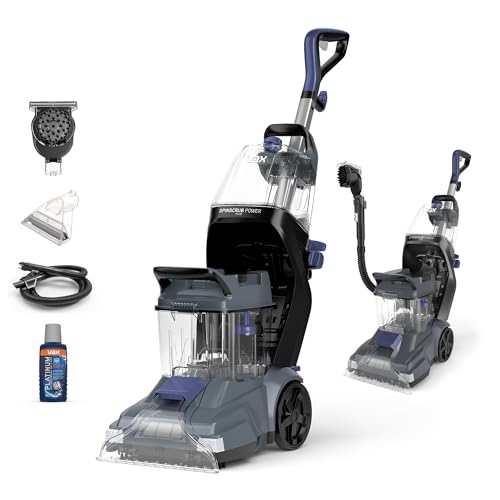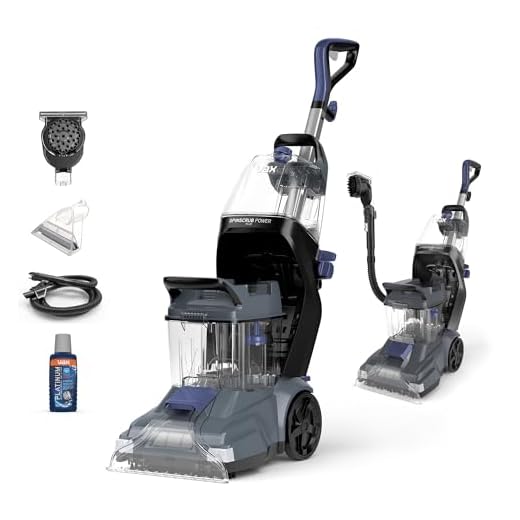




The quickest way to tackle unpleasant marks on your flooring is to act fast. Grab a mixture of white vinegar and water in equal parts, and apply it directly to the affected area. Let it sit for a few minutes to break down the residue before blotting with a clean cloth. This method not only lifts the discolouration but also neutralises any lingering odours.
If the initial treatment doesn’t fully restore your flooring, consider using a paste made from baking soda and water. Apply this mixture to the spot, allow it to dry, and then vacuum it up. Baking soda is a powerful absorbent that can help with any remaining scents while lifting the stain further.
For tougher challenges, enzyme-based cleaners are your best bet. These products specifically target organic messes and break them down at a molecular level. Follow the instructions on the label carefully, ensuring that you let the cleaner sit long enough for optimal results.
Always remember to test any solution on a small, inconspicuous area first. This precaution prevents any unexpected damage to your flooring. Once you’ve found what works, your space will be back to its original condition in no time!
Effective Solutions for Cleaning Carpet Mishaps
Vinegar and baking soda create a powerful duo for tackling unwanted marks on fabric. Start by blotting the area with a clean cloth to absorb excess moisture. Then, mix equal parts of white vinegar and water in a spray bottle. Lightly saturate the affected area and let it sit for around 10 minutes. Sprinkle baking soda over the vinegar solution and watch as it fizzes. After 15 minutes, gently scrub with a soft brush or cloth, then rinse with cold water. Blot dry with a towel.
Alternative Cleaning Agents
If the vinegar method isn’t suitable, consider using enzymatic cleaners designed specifically for organic messes. These products break down the proteins and eliminate odours effectively. Follow these steps:
- Blot the area to remove any remaining residue.
- Apply the enzyme cleaner following the manufacturer’s instructions.
- Let it sit for the recommended time to ensure thorough action.
- Blot with a clean cloth and rinse with water.
Preventive Measures
To reduce the likelihood of future incidents, consider these strategies:
- Train your furry friend consistently to establish a routine.
- Use absorbent mats in areas where accidents tend to occur.
- Regularly clean and maintain the space to keep it welcoming.
These techniques not only help maintain a clean environment but also contribute to a happier home for both you and your pet.
Choosing the Right Cleaning Solution for Dog Poop Stains
Enzymatic cleaners are your best bet for tackling these tough messes. They break down organic materials, making it easier to lift the residue from fibres. Look for products specifically designed for pet waste, as they contain the right enzymes.
Another option is vinegar and baking soda. Mix one part vinegar with two parts water, spray it on the affected area, and then sprinkle baking soda. Let it sit for a few minutes before blotting it with a cloth. This combination neutralises odours while assisting in stain removal.
Commercial stain removers often include oxygen bleach. These can be effective; however, always check the label to ensure they’re safe for your type of flooring. Test any product on a small, inconspicuous area first to prevent damage.
| Cleaning Solution | Advantages | Disadvantages |
|---|---|---|
| Enzymatic Cleaners | Breaks down organic material, eliminates odour | May take longer to work |
| Vinegar & Baking Soda | Natural ingredients, effective odour neutraliser | Possible residue left behind |
| Oxygen Bleach | Powerful stain removal | Can be harsh on some carpets |
Always have a blotting cloth handy to absorb moisture after applying any solution. Avoid scrubbing, as this can spread the mess and damage the fibres. Regular maintenance with these cleaning agents can keep your floors looking fresh and clean.
Step-by-Step Guide to Removing Dog Poop Stains from Carpet
Begin by gathering your materials: paper towels, a mild detergent, white vinegar, baking soda, and a clean cloth. It’s essential to act quickly for the best results.
First, gently blot the area with paper towels. Avoid rubbing, as this can push the residue deeper into the fibres. Aim to absorb as much as possible without spreading it.
Next, mix one tablespoon of mild detergent and one tablespoon of white vinegar in two cups of warm water. Dampen a clean cloth with this solution, then apply it to the affected area. Blot the stain, working from the outside in to prevent further spreading.
After the stain begins to lift, rinse the cloth in clean water and dab the area again to remove any remaining cleaning solution. Repeat this process until the stain fades significantly.
Once the area is clean, sprinkle baking soda over the spot. This will help neutralise any lingering odours. Let it sit for at least 15 minutes before vacuuming it up.
Finally, inspect the area. If any trace remains, repeat the cleaning process as necessary. Always ensure the area dries thoroughly to prevent mould or mildew from forming.
By following these steps, you can effectively restore your carpet, keeping it fresh and clean.
Preventing Future Discolourations on Your Flooring
Regular cleaning is crucial. I make it a habit to vacuum every few days. This simple task reduces dirt build-up and keeps the fibres in good shape. It also makes it easier to spot any issues before they become bigger problems.
Designate a Specific Area
Creating a designated area for your pet’s bathroom needs can significantly minimise messes inside the house. I set up a section in the garden for my furry friend, which has helped in reducing accidents indoors. Training your companion to use this spot can make a substantial difference.
Invest in Quality Rugs
Choosing rugs made from stain-resistant materials is a smart move. I switched to a synthetic blend that is easier to clean and less prone to absorbing unpleasant odours. Plus, these materials often come with warranties that can provide peace of mind.
Tips for Dealing with Odours After Cleaning Dog Messes
After tackling those unwanted blemishes on your flooring, lingering smells can still be a nuisance. One of the most effective methods I’ve found is using a mixture of white vinegar and water. Combine equal parts in a spray bottle and lightly mist the affected area. Vinegar neutralises odours, and the smell dissipates quickly.
Another handy tip is to sprinkle baking soda over the cleaned spot once it’s dry. Let it sit for a few hours or overnight to absorb any remaining scents. Vacuum it up afterward, and you’ll notice a significant difference.
Utilising Enzymatic Cleaners
Enzymatic cleaners are specially designed to break down organic matter, making them perfect for this situation. Apply as per the instructions, and you’ll find they not only clean but also help eliminate unpleasant smells. Be sure to thoroughly rinse the area afterward to remove any residue.
Regular Maintenance
Incorporating regular deep cleaning into your routine can help prevent odours from becoming a persistent issue. A mixture of water and a few drops of dish soap can be used for routine touch-ups. Additionally, keeping your furry friend’s living environment fresh with air purifiers can greatly reduce lingering scents. You might also want to look into natural options like using best carbs for homemade dog food, as a healthy diet can impact your dog’s overall scent.







